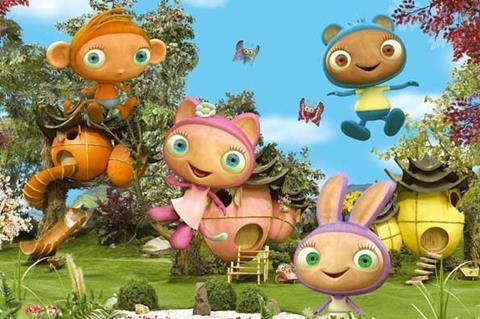
Queengate may have marked a bleak moment for the television industry, but it was oddly beneficial for the inhabitants of Nara.
CBeebies controller Michael Carrington was on the point of green-lighting Waybuloo, The Foundation’s £10m preschool property, set in a fictional land, when the scandal broke.
The original pitch had famously moved Carrington to tears, but he was forced to cast the series into limbo in line with the corporation-wide commissioning freeze on all shows from The Foundation’s parent, RDF Media Group.
It was a nerve-wracking time for RDF director of family entertainment Nigel Pickard, who was counting on Waybuloo to form the cornerstone of its new kids business, RDF Kids, which incorporates The Foundation. But looking back, he says the time out led to some transformative decisions (more on this later).
For those not yet well-versed in the carefully managed hype, Waybuloo centres on four CGI characters, the ‘Piplings’ - De Li, Lau Lau, Nok Tok and Yojojo - who live happily in a live-action world inspired by a Japanese garden, where they are regularly visited by kids (‘Cheebies’). Each of the 100 shows starts with a group of six children hunting for the Piplings in a game of hide and seek, and later - when the sun shines on Nara’s crystal clock - they come together for some yoga.
But the real heart of each episode is a warm morality tale that gently raises social and emotional issues such as sharing and making amends, and ends with the four Piplings levitating in the air as they become really happy, or achieve ‘buloo’.
If it all sounds a bit trippy, that’s because it is. Dan Good, a former greetings card designer, sold the initial idea to RDF because he wanted to translate his own “hippyish” parenting ideals onto screen.
“We created Waybuloo as an idyllic lifestyle,” he says. “There seemed to be nothing in the marketplace that did the most important thing - to make children understand how important it is to be happy and nice. There was this whole emotional curriculum that wasn’t covered.”
The Foundation took his idea and shook it into a sellable proposition, hiring In the Night Garden director Dirk Campbell and gunning for the same sort of franchise status. The company has already signed licensing deals for everything ranging from books and toys to yoga mats, and is staving off approaches from fast-food companies whose brands don’t tally with Waybuloo’s Zen image.
Certainly the two shows have a good deal in common - not least the ‘quiet-time’ message bound to be popu-lar with parents - but technically, they could not have been more different.
Where In the Night Garden centres on costumed characters who could be on set at all times, Waybuloo’s protagonists were animated in Canada and added in after all the footage had been shot and most of the millions spent.
One of The Foundation’s key challenges was getting the kids to react to the Piplings, which they couldn’t see. The production team resolved to use only under-fives - still young enough to fully enter into the game of make-believe, but avoiding any wooden child acting - provided they shot all the footage in the first or second take.
Using such young, untrained talent made it tough to shoot more than one episode a day. Both The Foundation and Decode Entertainment, which animated the Piplings, were concerned about the cost and complexity of matching the Piplings’ and kids’ shadows over the course of a full day.
Filming complexities
The solution came to Pickard like a “Damascus moment” while they were still in limbo: move the shoot from outside into a giant studio. “We had to control the sun. The only way to do that was to move the outside in. That was a massive step for us at that time,” he says.
However, that move came with problems of its own. The Foundation needed a 25m-high venue to house life-size trees and afford space for a lighting rig above that. Meanwhile, the BBC required production to take place in the nations. There simply weren’t any big enough buildings available in Wales, so shooting moved to Glasgow where the company secured a space originally dedicated to the rather un-Zen purpose of manufacturing nuclear turbines.
Inside, the set designers had to create a countryside scene that would look lush and green over the course of many months’ filming, so they pain-stakingly stapled individual false leaves to real branches, and hoovered the dust off them twice a week. All the trees and plants are loosely based on real species, and a wind machine gently fluttered their leaves.
The garden was designed to have as many different pockets and potential backdrops as possible. Behind it all, they erected a giant 360-degree blue screen, onto which they superimposed footage of the Lake District.
“It is super-nature, but it also has a generic anywhere-world type of feel. It’s a land that any kid could find just around the corner, in any country,” says producer Simon Spencer.
“It’s very filmic in its concept, both in terms of what we’re doing and the finished look. We wanted it to feel never-ending,” he adds.
RDF reinforced that “anywhere” feel - and with it, the series’ international sales potential - by selecting children from as diverse a range of ethnic backgrounds as they could possibly muster.
The series does not feature a great deal of speaking, but what little there is was added after the filming, with four children voicing the Piplings. Before Queengate, Pickard and Good had planned for the characters to sound something like oriental Clangers, but the final cut has them speaking in a vaguely recognisable kind of baby talk. Yoga is “yogo”; turnips are “neepnips”; hide and seek is “peeka”; and when the Piplings have an idea, they exclaim “thinkapow”.
“We didn’t want the kids [in Nara] to understand a language the audience didn’t,” says Spencer. “We are very aware that we are not just focusing on the children here, that we are also talking to everyone at home. It’s important that it is always inclusive.”
For Pickard, it is “without a doubt” the biggest project he has done as a producer. “I’m immensely proud of it. It’s different, it’s special and a significant piece of television,” he says.
No doubt RDF is waiting with baited breath to see just how significant it might be.
One suspects that it won’t be long until some of those baby-fied words fall into preschool vocabulary, and the world will be talking about De Li, Lau Lau, Nok Tok and Yojojo as the new Makka Pakka and Igglepiggle.
Actors vs ‘real’ children
The tricky thing about having animated creatures at the centre of a live-action show is that the other characters - in this case children - have nothing to respond to.
There are two ways around this: hire consummate child actors who can make the whole thing look seamless. Or bring in children who are young enough to fully suspend their disbelief.
For director Dirk Campbell, the decision was clear cut. “It would have been a mistake to get them to act. It seemed false.”
Each Waybuloo scene was shot in a maximum of two takes: One with the Pipling maquette positioned by four drama students, and one with the children playing make-believe that they can see the characters. Campbell says: “If we discussed what was going on with the props and explained that Lau Lau was upset because the sparkle had gone from the crystals, they would genuinely share her sadness.”
Credits
Broadcaster CBeebies
Producer The Foundation, part of the RDF Media Group
Animator Decode Entertainment
TX starts 19 May
Length 19-minutes (20-minute slot)
Commissioning editor Michael Carrington
Series creator Dan Good
Head writer Marc Seal
Series directors Dirk Campbell and Donnie Anderson
Producer Simon Spencer
Executive producers Sarah Colclough (for CBeebies), Nigel Pickard, Vanessa Hill, Angus Fletcher, Steven DeNure, Beth Stevenson
Director of photography Keith Reed
Production designer Tom Sayer
Composer James Burrell
Editor Dan Nisbet
Casting director Debbie O’Brian
Voice director Martin Franks










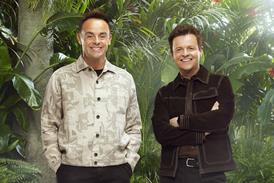
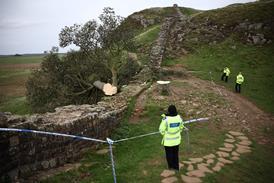
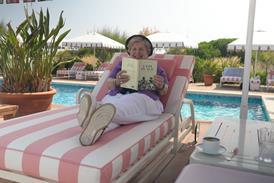
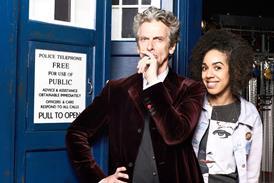
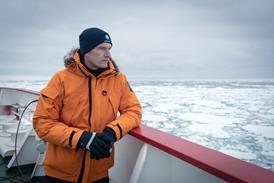



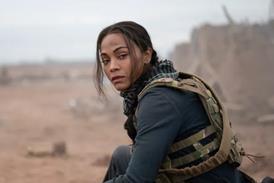
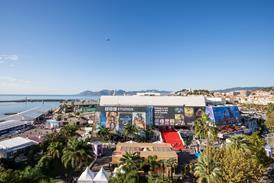
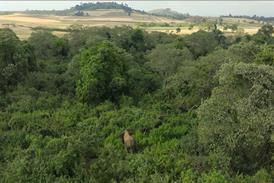
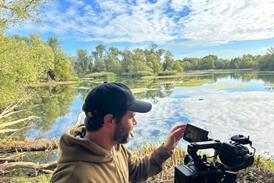
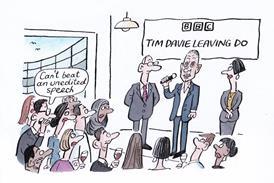



No comments yet